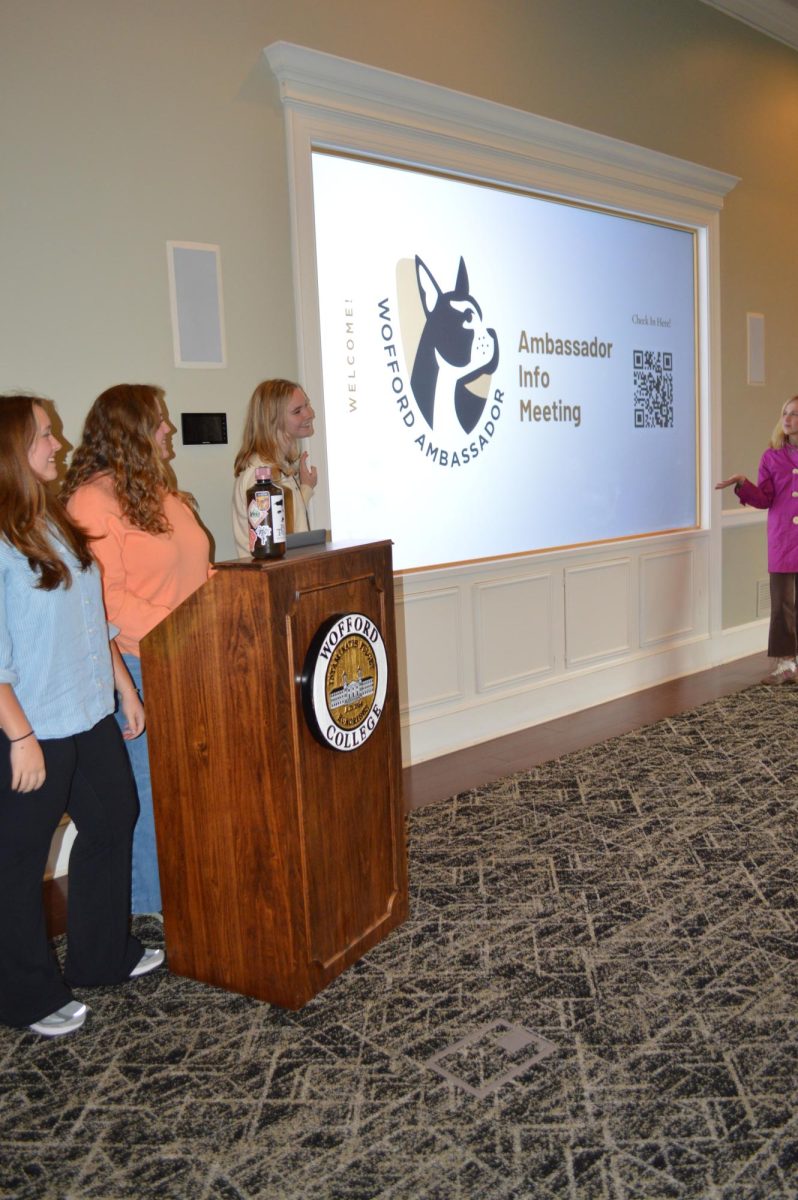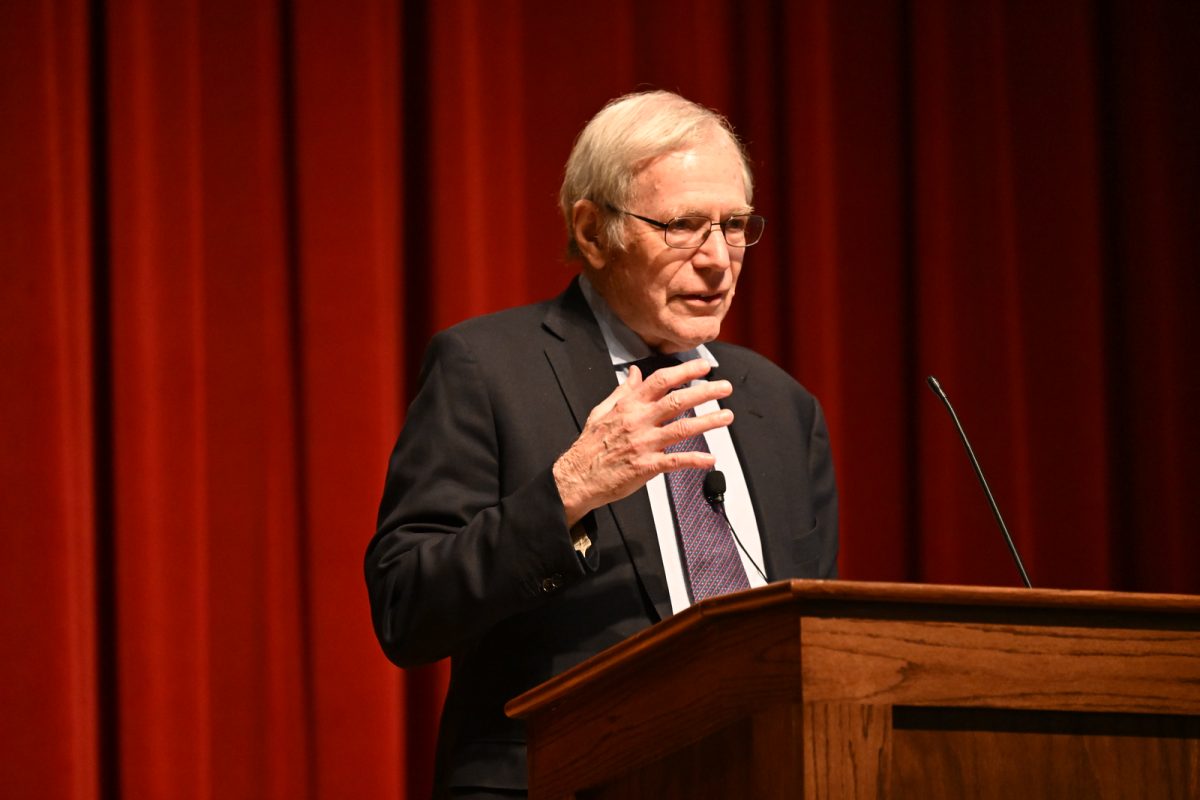Alysa Handelsman, assistant professor of sociology and anthropology, and Jennifer Bradham, assistant professor of environmental studies, are currently working on an ongoing research project, in which Wofford students have been working with students at Carver Middle School for a part of it.
The project, estimated to span two to three years, aims to look at Spartanburg’s youth in order to better understand the lives of young people living in the community, particularly the Southside area, and give the students an outlet to express their thoughts about the places they live.
The goal is to eventually work with students from all District 7 middle and elementary schools to truly get an all-encompassing view of the experiences of the students in these districts.
Currently, students in Handelsman’s Ethnographic Research class and Bradham’s Quantitative Methods classes are working at Carver.
The school, located less than 10 minutes from Wofford’s campus, has students from diverse backgrounds.
The class of students that are participating in the project come from Regan Hood’s seventh grade Geography class.
Hood, a Wofford alumna, reached out to Handelsman after reading about some of the prior mapping work conducted by her and Bradham in the community. Together they have collaborated on the youth perspectives mapping project.
To work on the project, Wofford students go to visit Carver and work with the students in Hood’s class. This has given students from both schools the opportunity to connect by talking one-on-one and in groups.
The goal of these conversations is to better understand the student’s lives, their perspectives of their neighborhoods and how they feel about their community.
While Handelsman, Bradham and the Wofford students started out leading the project, the Carver students’ voices in the project are emphasized, as they are active researchers along with the Wofford students.
In Handelsman’s class, Wofford students conduct interview-based conversations with the Carver students to find out what their lives are like and what their opinions are on neighborhood perceptions, community and the aspects of what their dream neighborhoods would include.
Once this information has been gathered, Bradham’s students can do the work of mapping out the responses.
This quantitative-based work involves GIS (Geographic Information Systems) mapping to track the patterns of answers given by the Carver students.
“We’re quantifying large-scale patterns brought to light by our Carver student collaborators and using maps to explain patterns with a spatial component,” Bradham said. “For example, some of my students are looking at school zoning and how far our Carver students travel to attend school.”
This project was made possible through the collaborations of many people, including community organizations, leaders, residents and the faculty at Carver.
Wofford’s presence in the Spartanburg community has not always been viewed positively, as the continued expansion of the college in the past has displaced some communities and housing.
However, the community-based research that all these people are working on together has helped to strengthen relationships.
Handelsman’s work in the community since 2018 has helped to cultivate these strong bonds in order to make Spartanburg reflect the needs and hopes of its citizens.
“We are partners in these efforts of learning together, working together, growing together and engaging together in really transformational work for our communities and ourselves,” Handelsman said.
“I am grateful to lead the Community Sustainability seminar. We currently have 11 programs in the Spartanburg community, Highland, Northside, Southside and Una-Saxon-Arcadia. I am so proud of our students as our partnerships and incredibly grateful to our community mentors and to Wofford and the Romill Sustainability initiative for all of the support.”
In the coming years, the project will continue to make connections across the community, hopefully improving Spartanburg.
The collaborators of this particular research project will present their findings at the Imagining Spartanburg Data Walk on May 18 from 6 p.m to 8 p.m at the CC Woodson Community Center.






























